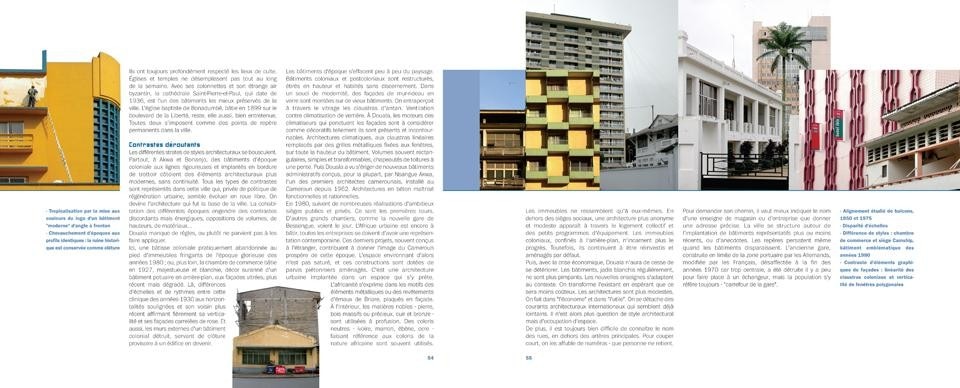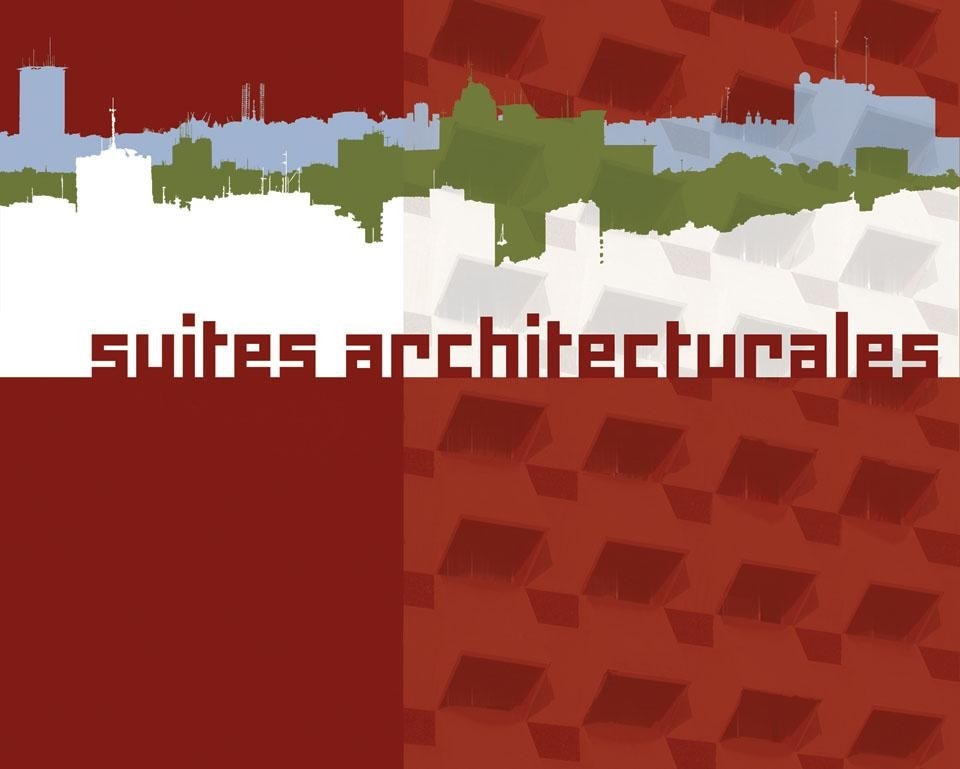Danièle Diwouta-Kotto, photographs by Sandrine Dole. VAA Editions, 116 pp., 2010.
Suites Architecturales: Kinshasa, Douala, Dakar is a book that recounts the fate of colonial architecture in three African cities. Author Diwouta-Kotto, an architect from Douala who has worked for 25 years, and over this period has traveled globally to research and discuss the project with colleagues. The African city has recently been the focus of numerous recent projects, whether exploring traditional building techniques or studying the rhythm of urban life sociologically and anthropologically. At the Venice Architecture Biennale in 2006, Kinshasa as portrayed by Filip de Boeck and photographed by Marie-Françoise Plissart were exhibited in the Belgian pavilion, former administrator of the city. At the 2009 Biennale, African megacities also exemplified the parade of exploding urban realms set to dominate this century. The Harvard Project on the City led by Rem Koolhaas published a taste of this as the book Mutations as early as 2000. But now there are others, such as Voices of the Transition, Brakin and Douala in Translation, and the African Cities Reader. African systems and connections are the subjects of exhibits and research by scholars such as Achille Mbembe, Abdoumaliq Simone, Arjun Appadurai, Michel Agier, Edgar Pieterse and Dominique Malaquais, among others, which the 100 Days–100 Guests by Catherine David at Documenta X in Kassel in 1997, and, to a greater degree, the Documenta11_Platform 4 organized by Owkui Enwezor in Lagos, have participated in publicizing.
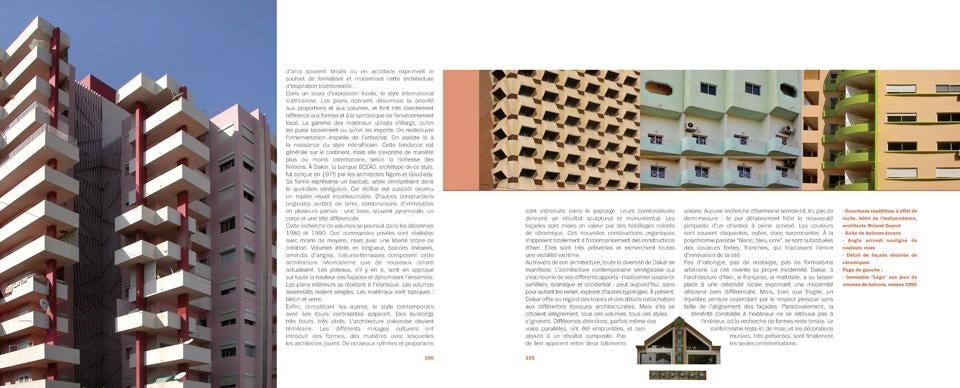
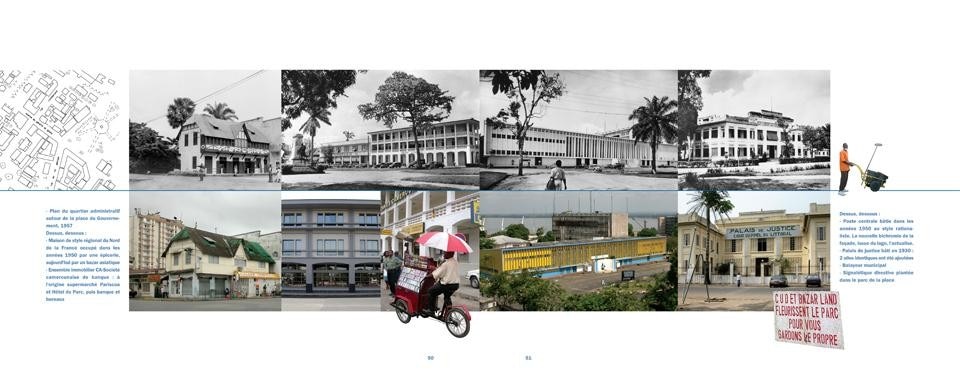
The starting point is the colonial-era buildings, remnants of the past bent to new conditions which incorporate the snarl and the difficult social and economic conditions of the cities.
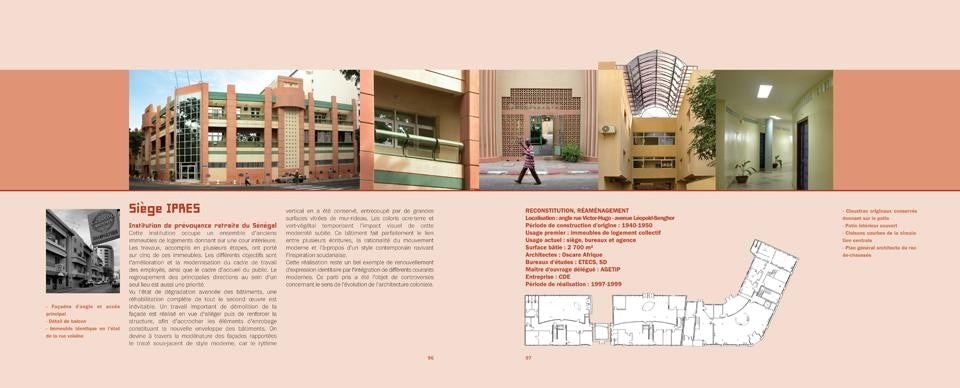
Iolanda Pensa
